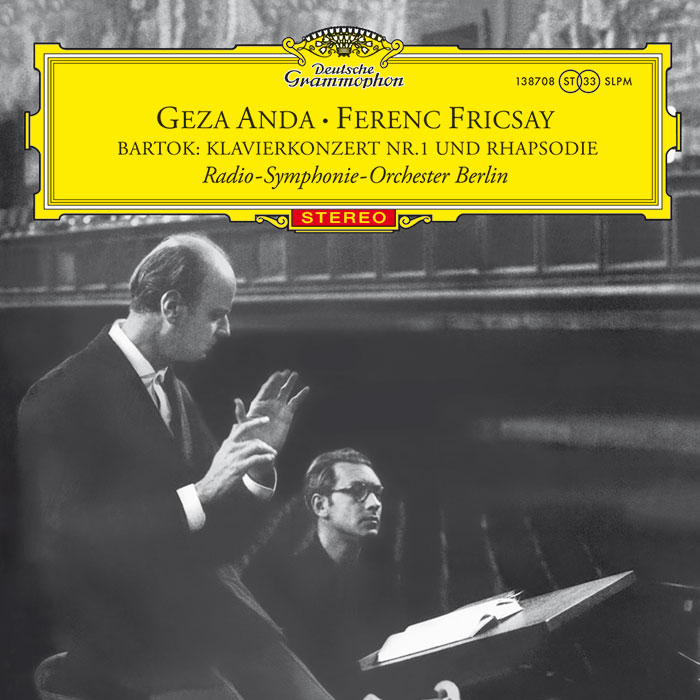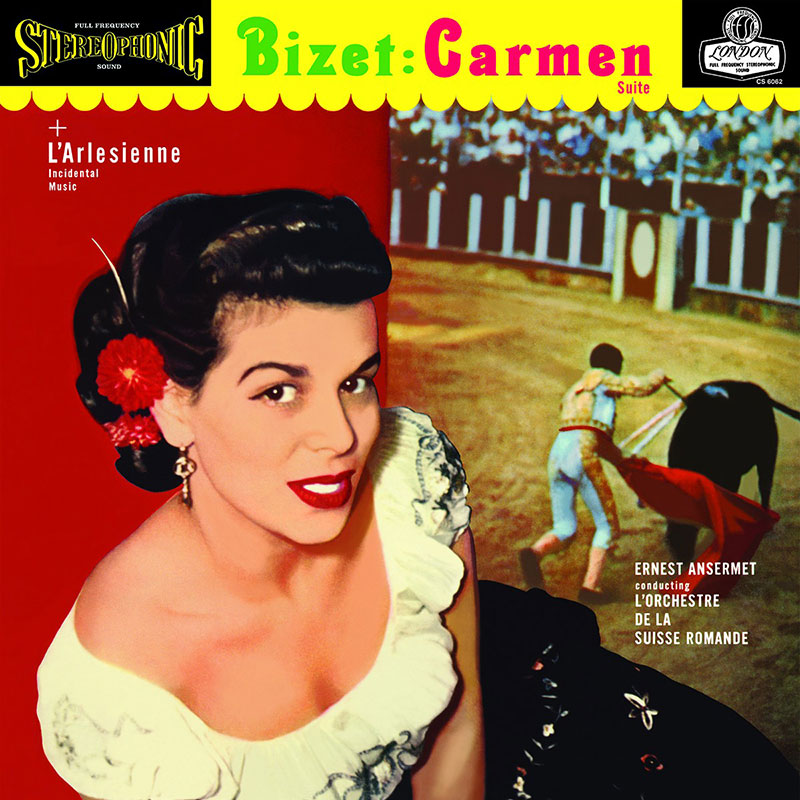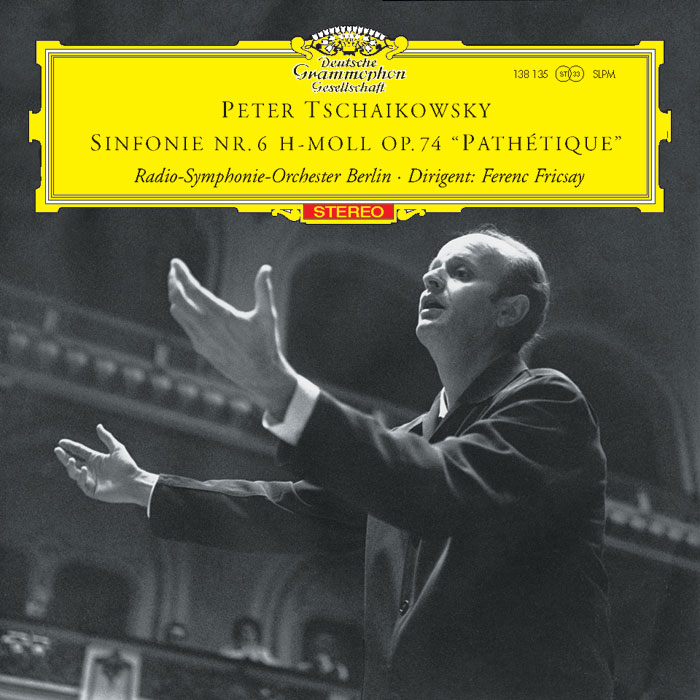Logowanie
Mikołaj - ten to ma gest!
Elton John, The Mamas & The Papas, Cat Stevens, Rod Stewart, Bobbie Gentry, Stevie Wonder, Engelbert Humperdinck
Memory Lane
Edycja Numerowana - 1000 egzemplarzy w skali światowej
RACHMANINOV, Eiji Oue, Minnesota Orchestra
Symphonic Dances / Vocalise
Best Recordings of 2001!!! NAJCZĘŚCIEJ KUPOWANA PŁYTA Z RR!
Karnawał czas zacząć!
Music of Love - Hi-Fi Latin Rhythms
Samba : Music of Celebration
AUDIOPHILE 24BIT RECORDING AND MASTERING
CHOPIN, LISZT, DEBUSSY, DVORAK, Gerhard Oppitz
Dances romantiques - A fantastic Notturno
Wzorcowa jakość audiofilska z Clearaudio
Winylowy niezbędnik
ClearAudio
Double Matrix Professional - Sonic
najbardziej inteligentna i skuteczna pralka do płyt winylowych wszelkiego typu - całkowicie automatyczna
BARTOK, Geza Anda, Ferenc Fricsay, Radio-Smphonie-Orchester Berlin
Piano Concerto No. 1
Between Bartók?s Rhapsody for Piano and his First Piano Concerto lie 22 years of development, a struggle to find subject matter, form and his own musical language. While the Rhapsody from 1904 is dominated by a late-Romantic tone, which delights in a free, craggy and capricious feast of affable harmonies, the Piano Concerto reflects contemplation and a delving into the formal strictness of the classical three-movement concerto form. Rather less concerto-like and unconventional is, however, the use of the piano as a percussion instrument, which after just a few bars on the winds, hammers out an unrelenting staccato against the harsh and dissonant orchestra. In the slow movement too the piano is predominantly employed as a percussion instrument that, like the pendulum of a clock, rhythmically bulldozes on against the cheerless, bleak winds. Wild emotion predominates in the Finale. Stormy, insistent figures in the piano are answered by the orchestra with animated blows, but the quick flashes of melodies cannot establish themselves and are slashed to pieces as if caught in a storm. This uncompromising severity presents an enormous challenge that is mastered with aplomb by Géza Anda and the RSO Berlin under Ferenc Fricsay. Bartók?s musical language is milder and more accessible in his Second and Third Piano Concertos.
































